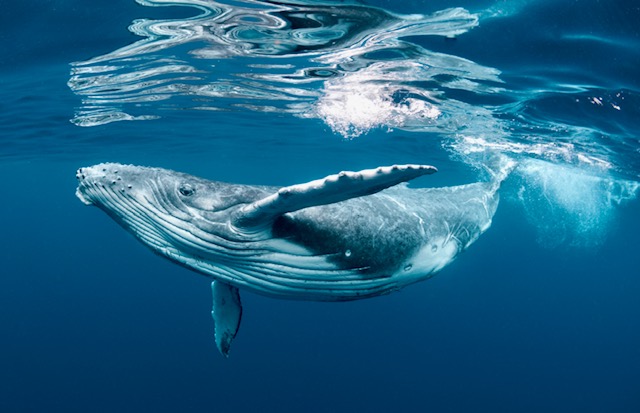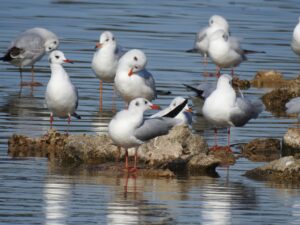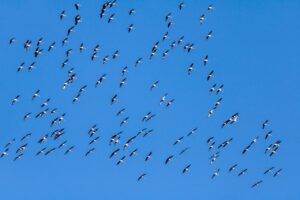You can help all animals and our planet by choosing compassion on your plate and in your glass. #GoVeg
RELATED ARTICLES
Pressure Mounts For Arizona To Ban Dog Pack Hunting Of Mountain Lions, Bears & Other Critical Species
Conservation groups have submitted a petition to the Arizona Game and Fish Commission urging a ban on the use of dog packs for hunting...
Help Save Millions Of Lives This Holiday By Choosing Compassion On Your Plate; Adopt A Turkey Today!
As Thanksgiving approaches, we hope you enjoy a warm and safe holiday. We encourage you to make a compassionate choice by leaving animals off...
Giraffes Are One Step Closer To Receiving Vital Endangered Species Act Protections
In response to a petition and subsequent lawsuit by conservation and animal protection organizations, the U.S. Fish and Wildlife Service (USFWS) has proposed listing...
Popular stories
News
New Research Reveals That 84% Of Tourists Agree That Wildlife-Friendly Tourism Should Be A Priority In South Africa Over Trophy Hunting
Hopeful news for the future of wildlife in Africa as new research reveals that international tourists and South African citizens are in favor of...
News
Mexico Teams Up With Sea Shepherd To Cement New Plan To Help Save The Last 20 Vaquita Remaining In The Wild
Mexico’s Secretary of the Navy, in partnership with the Secretary of the Environment and Natural Resources, recently announced the launch of a new program aimed at...
International News
Conserv Congo Rescues Orphaned Baby Bonobo After Hunter Finds Her Alone In The Jungle
Photos By: Conserv Congo
On Sunday, Conserv Congo's ground investigator received word regarding a baby bonobo being held somewhere in the village of Lifanga in...





